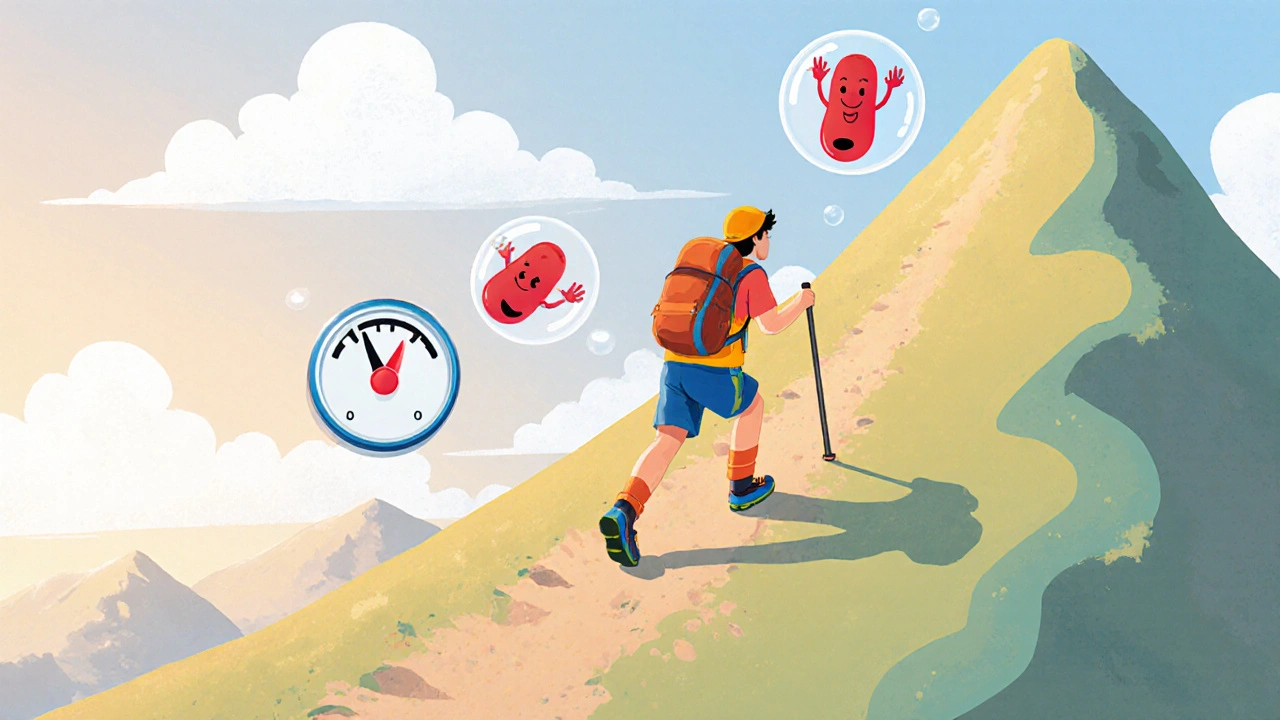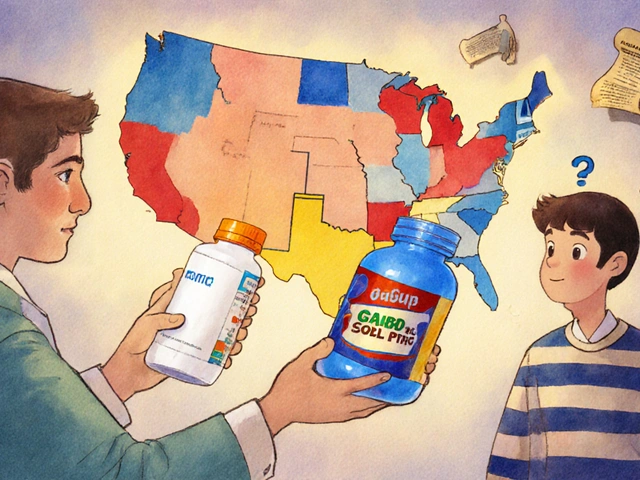
Mountain Sickness: Causes, Symptoms, and How to Prevent It
When you climb high into the mountains, your body doesn’t get enough oxygen—and that’s when mountain sickness, a condition caused by low oxygen at high altitudes that leads to headaches, nausea, and dizziness. Also known as altitude sickness, it can hit anyone, no matter how fit they are. It’s not just for professional climbers. People flying into places like Cusco, La Paz, or even driving up to mountain resorts can wake up with a pounding head and feel like they’re dragging through mud. This isn’t just tiredness. It’s your body struggling to adjust.
What makes mountain sickness worse? Going too high, too fast. Your body needs time to make more red blood cells and adjust how it uses oxygen. If you skip that step, you’re asking for trouble. acclimatization, the process of your body adapting to lower oxygen levels over time is the only real fix. No supplement, no pill, no magic trick replaces it. You can’t rush nature. And oxygen levels, the amount of breathable air available at elevation, which drops sharply above 8,000 feet aren’t something you can control—only how you respond to them.
Most cases are mild: headache, dizziness, loss of appetite, nausea. But it can turn serious fast. If you start vomiting, can’t walk straight, or feel like you’re drowning even when sitting still, you’re in danger of high-altitude pulmonary edema or cerebral edema. These are medical emergencies. That’s why knowing the early signs matters. Slow up. Rest. Drink water. Don’t push through pain. People who ignore symptoms often end up evacuated by helicopter.
There’s no one-size-fits-all rule for how high is too high. Some people feel fine at 10,000 feet. Others get sick at 6,000. It depends on your body, your speed, your sleep, even your last meal. The key is listening—not ignoring. If you’re planning a trip to the mountains, plan your ascent. Spend a night at 7,000 feet before going higher. Avoid alcohol and heavy meals. Sleep lower if you can. These aren’t suggestions—they’re survival habits.
What you’ll find below are real, practical guides from people who’ve been there. Posts that break down how to recognize the warning signs before it’s too late. How to choose the right medication if your doctor recommends acetazolamide. Why some people never get sick while others do. And what to pack in your first-aid kit beyond painkillers. No fluff. No marketing. Just what works when you’re thousands of feet up, with thin air and no easy way down.
-
18 Oct






